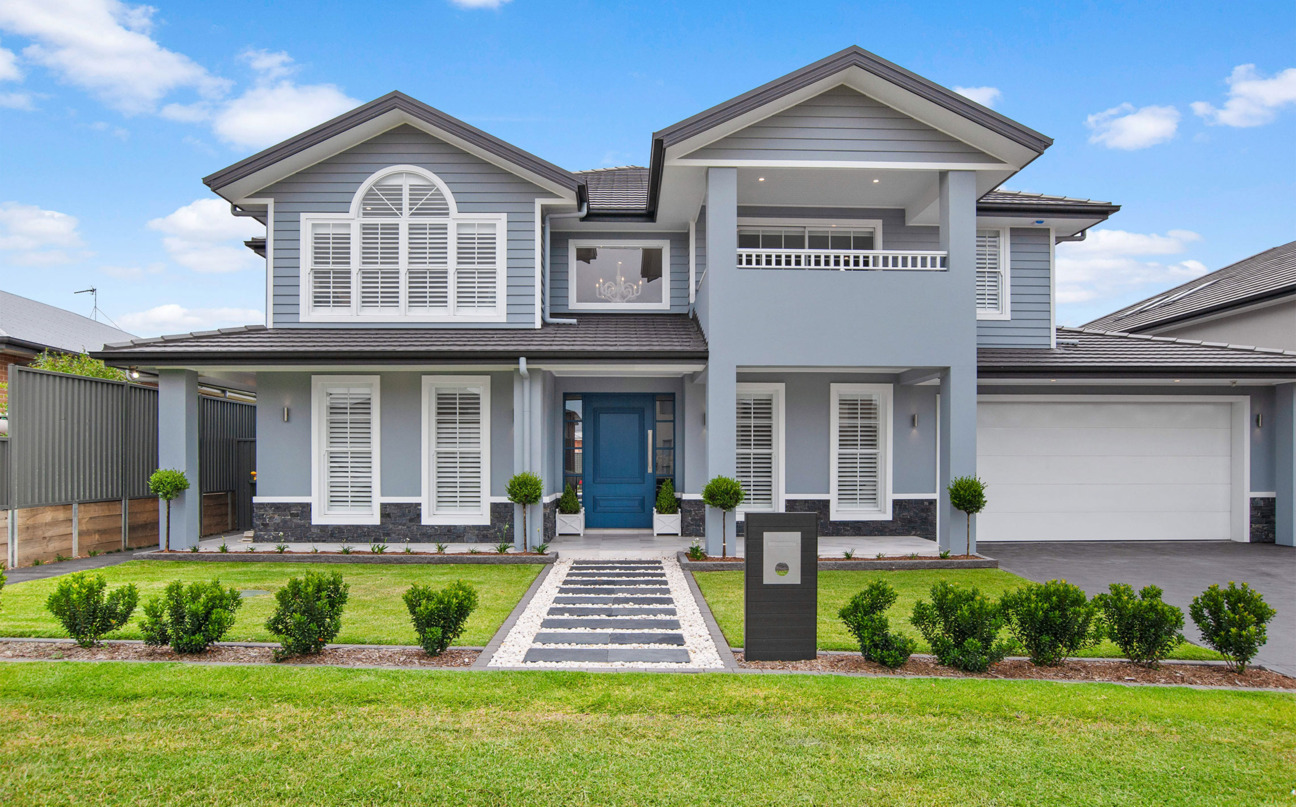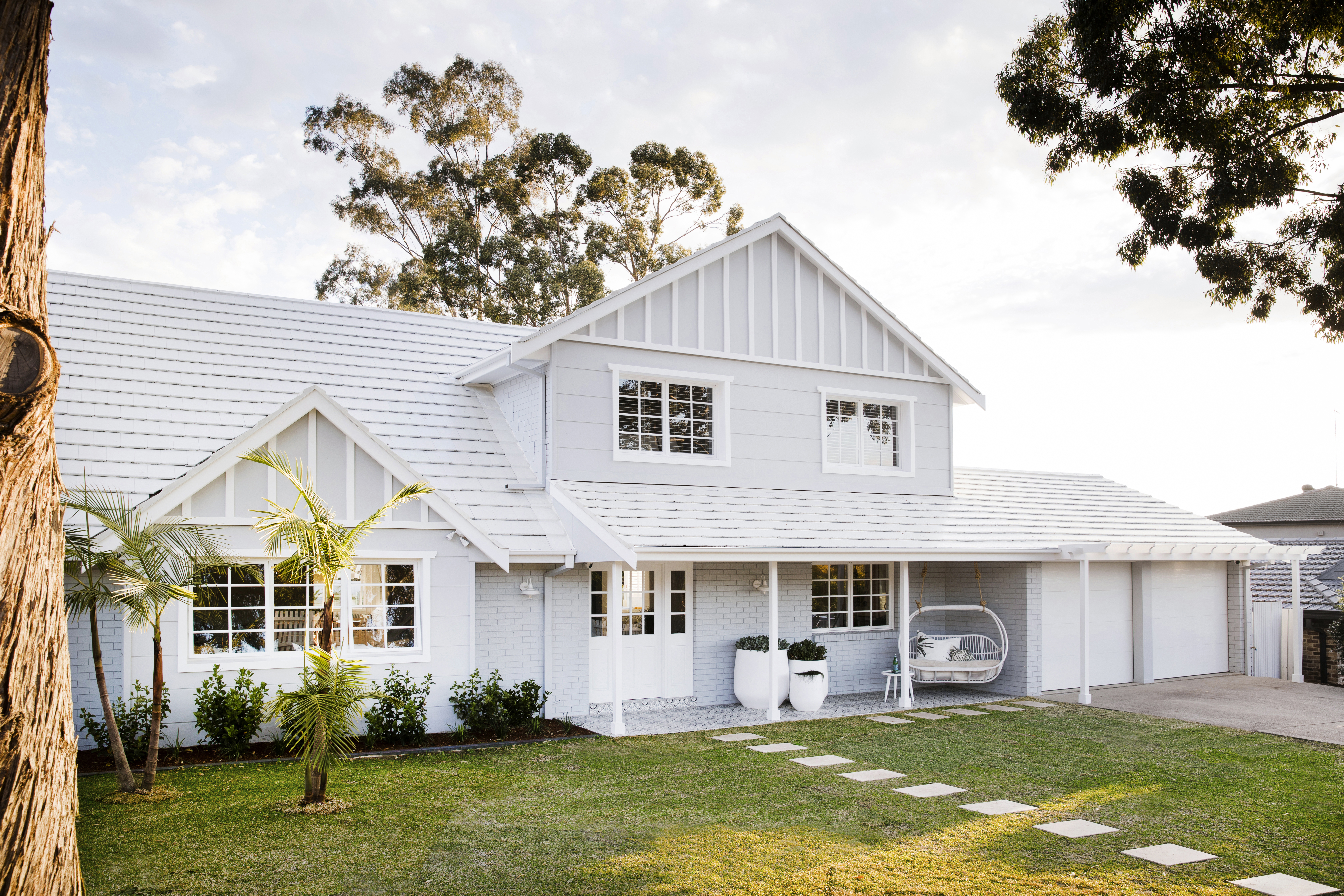The natural properties of tiles will often make them the most appropriate roof covering material on the market.
Both concrete and terracotta tiles are suitable for use close to fresh or salt water.
Colour that lasts a lifetime
When it comes to performance and colour, nothing is longer lasting than terracotta. Our Terracotta tile is made from natural Australian clay and fired at a temperature of over 1100°C, baking the colour into the tile. This enables it to withstand Australia and New Zealand’s harshest elements, as well as the test of time.
That’s why we offer a 50-year guarantee on both colour and performance for our terracotta roof tiles.

ACHIEVE YOUR LOOK
Monier tiles come in a range of profiles from flat to raised, complimenting you design aesthetic be it modern, classic or somewhere in between. Monier tiles are versatile and adaptable. They’ll look better for longer, giving your home superb street appeal for years to come.



